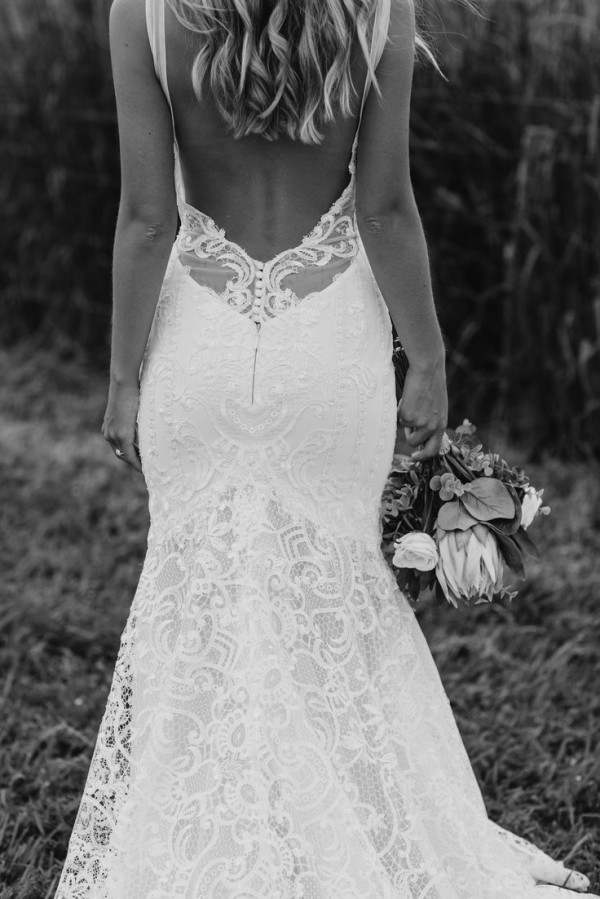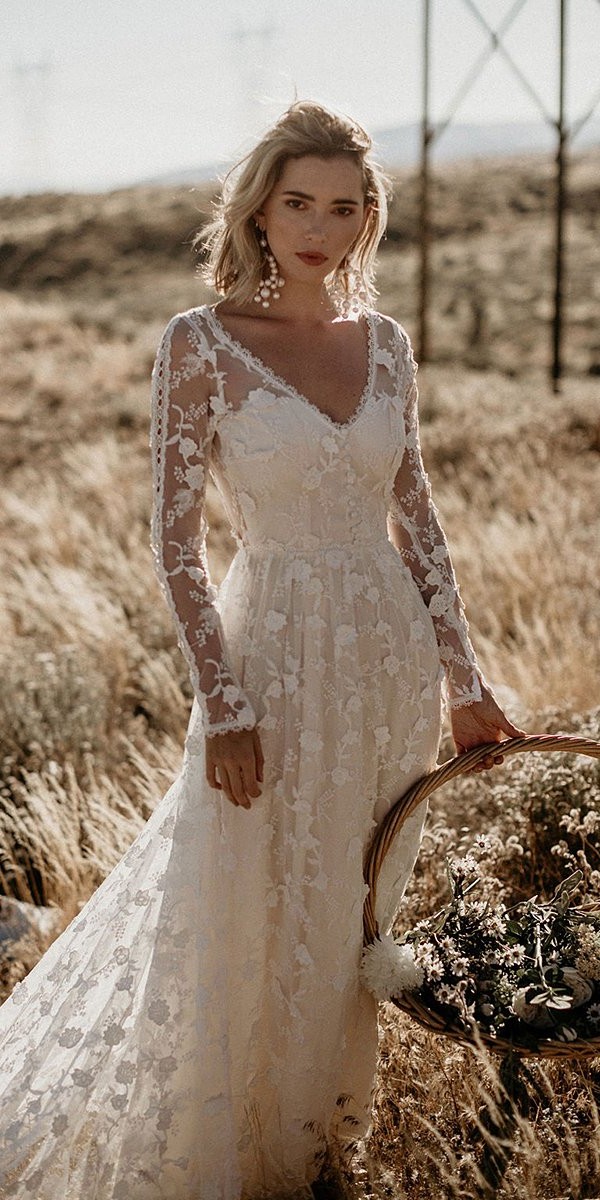Wedding men dresses gowns dress bride boys prom trap brides wearing beautiful wear gown marriage satin imagine transgender izismile transvestite
Table of Contents
Table of Contents
Weddings are typically associated with joy and happiness, but for some men, it can mean being forced to wear a wedding dress. This unusual and uncomfortable practice has gained attention in recent years, leaving many people wondering why anyone would be forced to wear a dress on their wedding day.
Pain Points
Being forced to wear a wedding dress can be a humiliating experience for many men. It can diminish their sense of masculinity, trigger feelings of shame, and damage their self-confidence. Men who are forced to wear a wedding dress may also feel frustrated and angry, knowing that their personal boundaries have been violated.
Target
The target of men forced to wear wedding dresses varies. In some cultures, it is a tradition for the groom to dress up as a bride for the wedding ceremony. In other cases, it may be done as a prank by family or friends. There are also reports of men being forced to wear wedding dresses as part of hazing rituals in fraternities or sports teams.
Summary
Regardless of the reason behind it, being forced to wear a wedding dress is an uncomfortable and often traumatic experience for men. It can cause deep emotional and psychological distress, leaving lasting scars. As a society, we must recognize that this kind of behavior is unacceptable and work to prevent it from happening in the future.
Personal Experience
As someone who has experienced being forced to wear a wedding dress, I can attest to how humiliating and emasculating it can be. I still remember the uncomfortable fabric against my skin and the looks of amusement and ridicule from those around me. It left me feeling violated and diminished, and I would never wish that experience on anyone.
Forced cross-dressing is not just a harmless joke or prank. It is a violation of personal boundaries and can have lasting effects on a person’s mental health and self-esteem. We need to have more open and honest conversations about this practice, and work to eradicate it from our culture.
Cultural Traditions
In some cultures, the practice of men wearing wedding dresses has been around for centuries. In India, for example, it is common for a groom to wear a Sherwani, a long coat-like garment, which isn’t dress-like but does have intricate embroidery in feminine patterns. And in some African tribes, it is a tradition for the bride’s family to dress the groom in women’s clothing as a way of proving his worth to the bride’s family, and to show that he is willing to become one with their family.
Impact on Mental Health
Forced cross-dressing can have long-lasting impacts on a person’s emotional and mental health. Many men report feelings of shame, guilt, and embarrassment after being forced to wear a dress. In severe cases, it can lead to depression, anxiety, and even suicidal thoughts.
The Importance Of Consent
Society needs to recognize the importance of consent when it comes to cross-dressing or any other action that could violate someone’s personal boundaries. It’s crucial that we respect other people’s wishes, even if it’s just a seemingly harmless joke or prank. We must learn to communicate better and ensure that everyone involved feels comfortable and safe.
Question and Answer
Q: Is there any legal recourse for someone who has been forced to wear a wedding dress?
A: It depends on the situation. If it was done as part of a hazing ritual or other non-consensual situation, there may be legal options available for seeking justice or compensation. However, it’s essential to consult with a lawyer to understand your rights and options.
Q: Why is it mostly men who are forced to wear wedding dresses?
A: The practice of forced cross-dressing is often done to humiliate and emasculate men. It’s rooted in toxic masculinity and outdated gender norms that suggest that women are weaker or inferior to men.
Q: Can forced cross-dressing cause long-term damage to a person’s mental health?
A: Yes, forced cross-dressing can have lasting impacts on a person’s emotional and mental health. It can lead to feelings of humiliation, guilt, and shame and can even exacerbate existing mental health conditions.
Q: How can we prevent forced cross-dressing from happening?
A: The most effective way to prevent forced cross-dressing is by having open and honest conversations about gender roles and respecting people’s personal boundaries. It’s essential to promote consent culture and ensure that everyone feels safe and comfortable.
Conclusion of Men Forced to Wear Wedding Dresses
Forcing someone to wear a wedding dress as a way of humiliating or emasculating them is unacceptable. It can have serious and lasting impacts on a person’s emotional and mental well-being. As a society, it’s crucial that we work to eradicate this practice and promote a culture of respect, understanding, and consent. By doing so, we will create a world where every person is valued, and their dignity and autonomy are protected.
Gallery
Boy Forced To Wear Girls Under Clothes

Photo Credit by: bing.com / petticoat punishment petticoated petticoats captions frilly mitchell feminization
76 Best Boys Wearing There Very Beautiful Satin Prom Gowns Images On

Photo Credit by: bing.com / wedding men dresses gowns dress bride boys prom trap brides wearing beautiful wear gown marriage satin imagine transgender izismile transvestite
166 Best Images About Captions On Pinterest

Photo Credit by: bing.com / captions dresses girl dress lace
Men Forced To Wear Wedding Dresses - SandiegoTowingca.com

Photo Credit by: bing.com /
Man Forced To Dress As A Woman Women’s Dresses | Womens Dresses

Photo Credit by: bing.com / presleyber designpacker





